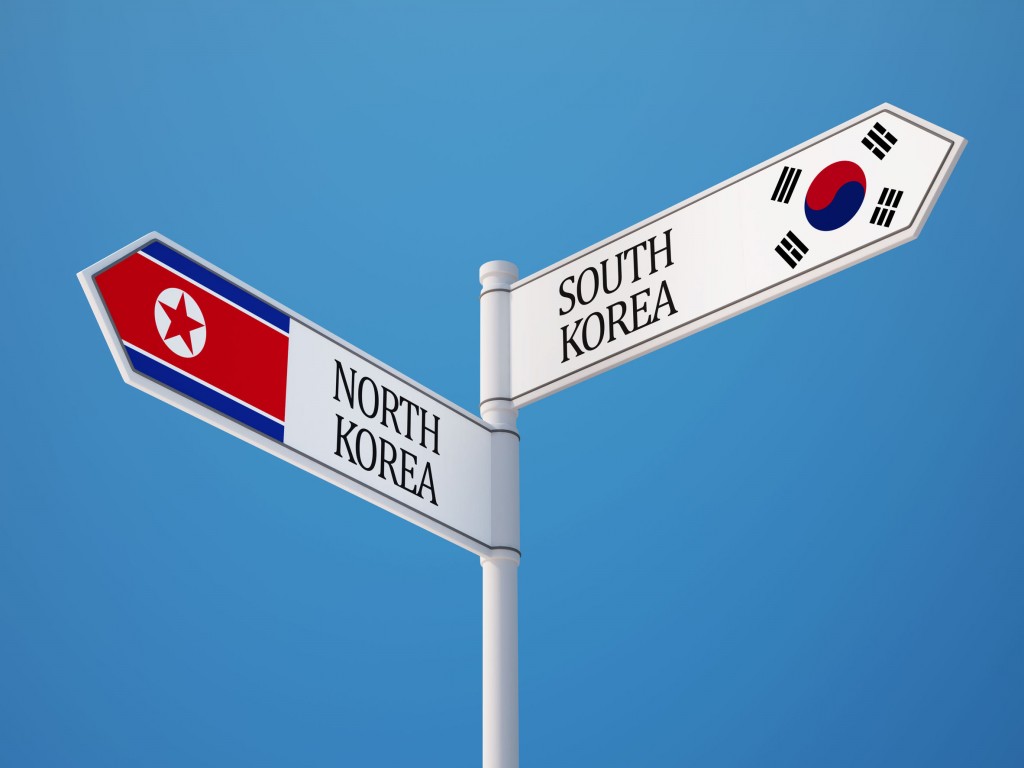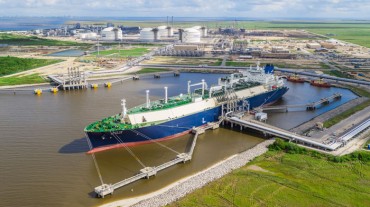
South Korea’s economic power in terms of the per capita GNI in 2013 proved 20.8 times as bigger as that of the communist country. (image: Kobizmedia/ Korea Bizwire)
SEOUL, Dec 30 (Korea Bizwire) – The income gap between South Korea and North Korea hit a high point in 2013, according to a report from Statistics Korea. The annual growth rate of North Korea’s gross national income (GNI) per capita reached a lowest growth rate in seven years.
The per capita GNI in North Korea was 1.38 million won (US$ 1,253) in 2013, whereas in South Korea it was 20.8 times larger, reaching 28.7 million won (US$ 26,073).
South Korea’s economic power in terms of the per capita GNI in 2013 proved 20.8 times as bigger as that of the communist country. In 2012, North Korea’s GNI per capita was 1.37 million won (US$ 1,244), whereas that of South Korea recorded 28.7 million won (US$ 23,248) in 2012, bringing the economic discrepancy of two Koreas to 18.7 times.
In terms of productivity, the gap between the two Koreas is also widening. North Korea produced 6.6 million tons of cement and 1.2 million tons of crude steel in 2013 whereas South Korea produced 47.3 million tons of cement and 66.1 million tons of crude steel.
North Korea’s power station capacity in 2013 could not even reach levels from 13 years earlier, generating only 7.2 million KW. South Korea’s station capacity in 2013 was 12 times larger than North Korea’s, reaching 87 million KW. North Korea produced 2.1 million tons of rice in 2013 while South Korea produced 4.2 million tons.
North Korea’s overall trade volume in 2013 reached US$ 7.3 billion, whereas South Korea’s came to US$ 1.07 trillion, which is 146 times larger. The total length of roads in South Korea in 2013, totaling 106,414 kilometers, was also recorded to be 4.1 times larger than that of North Korea. South Korea holds vessels with a combined tonnage of 13.6 million tons, compared to 730,000 tons for North Korea.
In 2013, South Korea’s population reached 50.22 million while North Korea’s reached 24.54 million.
By J.W. Choi (summerchoi@koreabizwire.com)






